It’s hard to imagine a time when giant elephant-like mastodon were roaming the prairies of southern Louisiana. But the bones of long-extinct mammals have been unearthed in coastal areas of the state. These prehistoric giants roamed the landscape of Louisiana tens of thousands of years ago.

Mike Richard, owner of Rip Van Winkle Gardens on Jefferson Island, described the types of animals that once lived in the area. “Giant horned bison, camels, ground sloths that weighed over 3000 pounds. They had tortoises that were the size of Volkswagens,” said Richard. These megafauna animals thrived in the ice age environment, a time when the oceans were about 300 to 400 feet lower than they are today, making Louisiana a high prairie area.
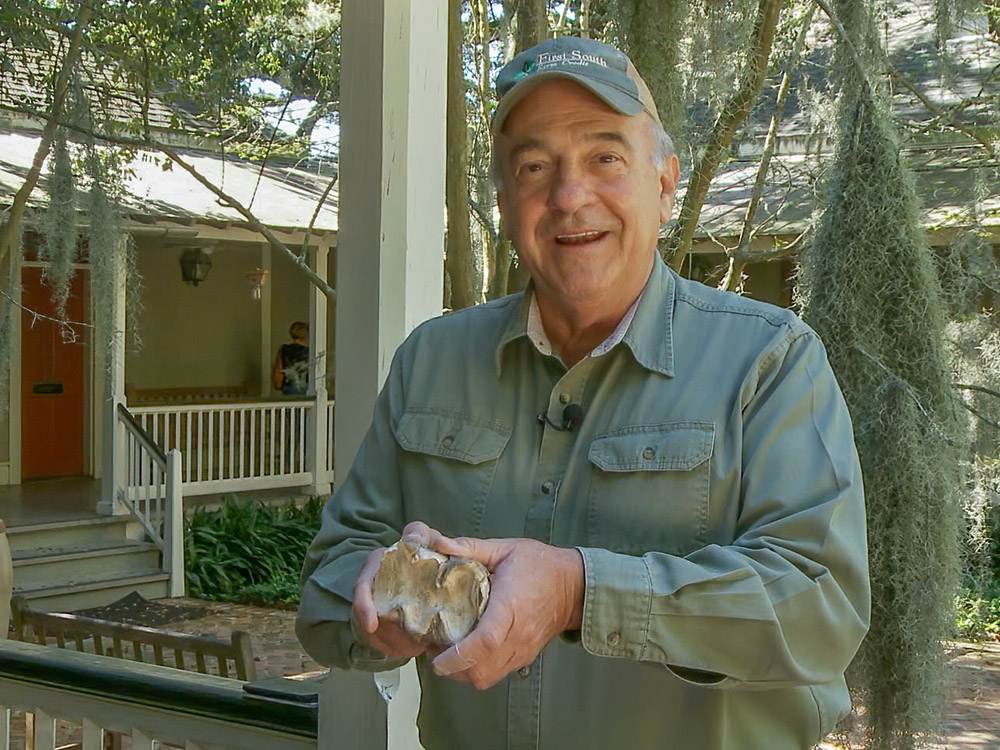
finding a louisiana mastodon
It was a near catastrophe here on Lake Peigneur that led to the discovery of the first bones in 1980. A drilling rig on the lake punched a hole in an underground salt mine, causing billions of gallons of water to be sucked into the mine, creating a massive collapse. As the crater filled again with water, the upheaval along the shoreline revealed long-buried skeletons. Mike Richard’s son found a mastodon tooth and jawbone, which were later identified as coming from an animal that has been extinct for 10,000 years.
louisiana mastodon discovery featured on tv
tusks were the tools of the mastodon
Mastodons were similar to elephants and had tusks that were used as tools for uprooting plants. Mike Richard showed a tusk that was in two pieces, explaining that the working end of the tusk was convex, designed for the purpose of digging. These tusks could reach over six feet in length and almost nine inches in diameter. The discovery of these tusks and other bones reveals the lifestyle and habits of these prehistoric giants.

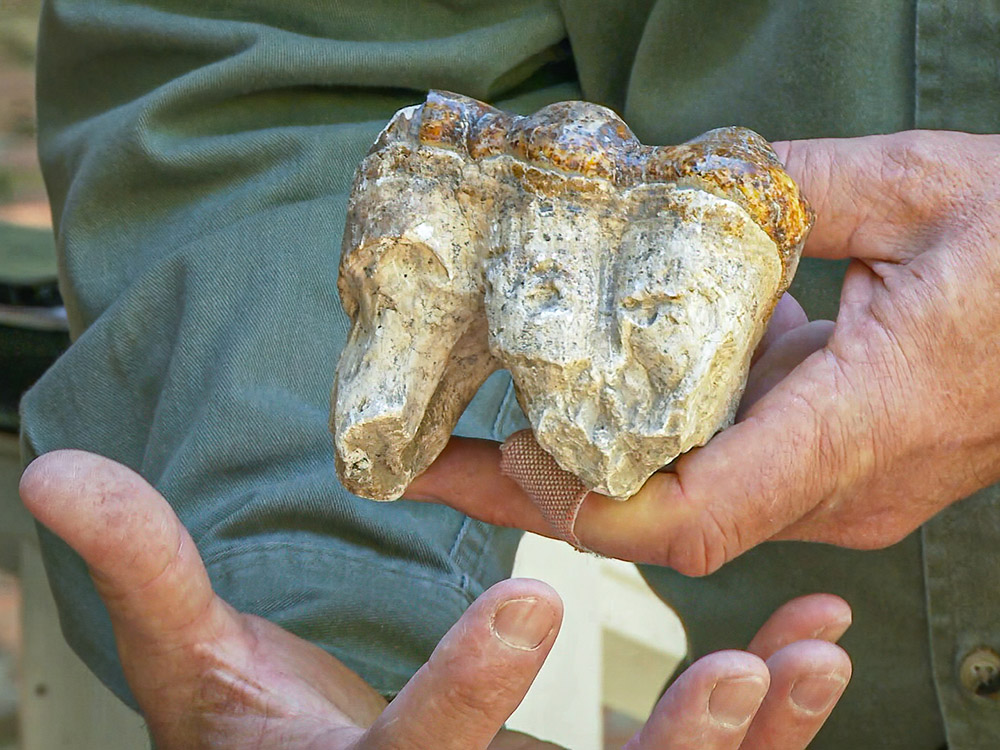

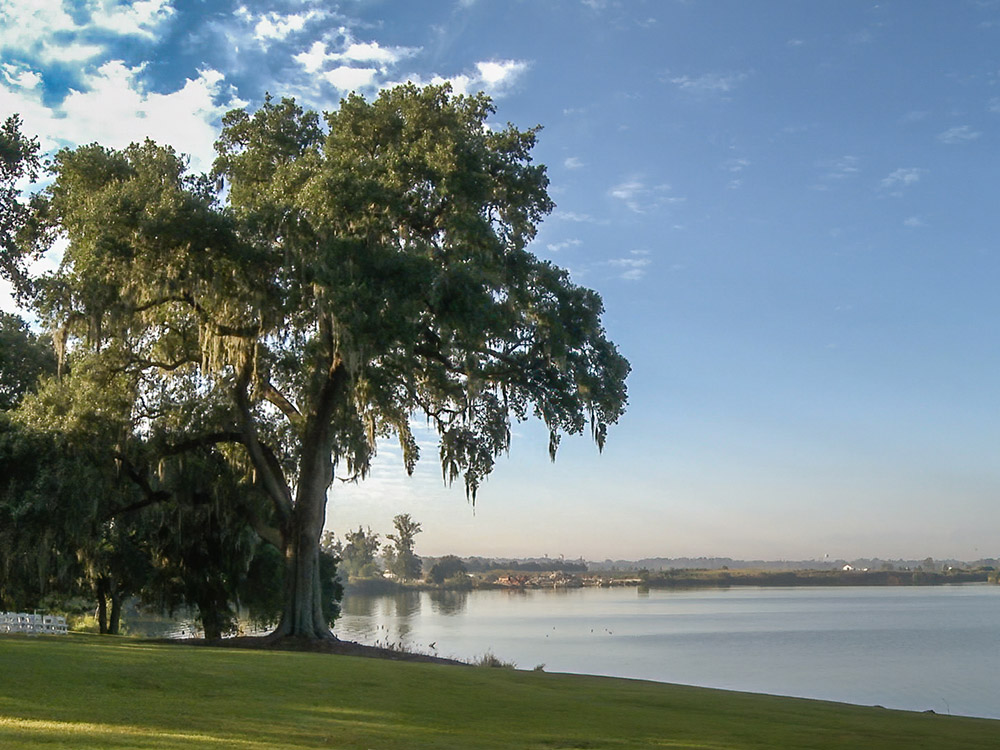
5505 Rip Van Winkle Rd, New Iberia, LA 70560



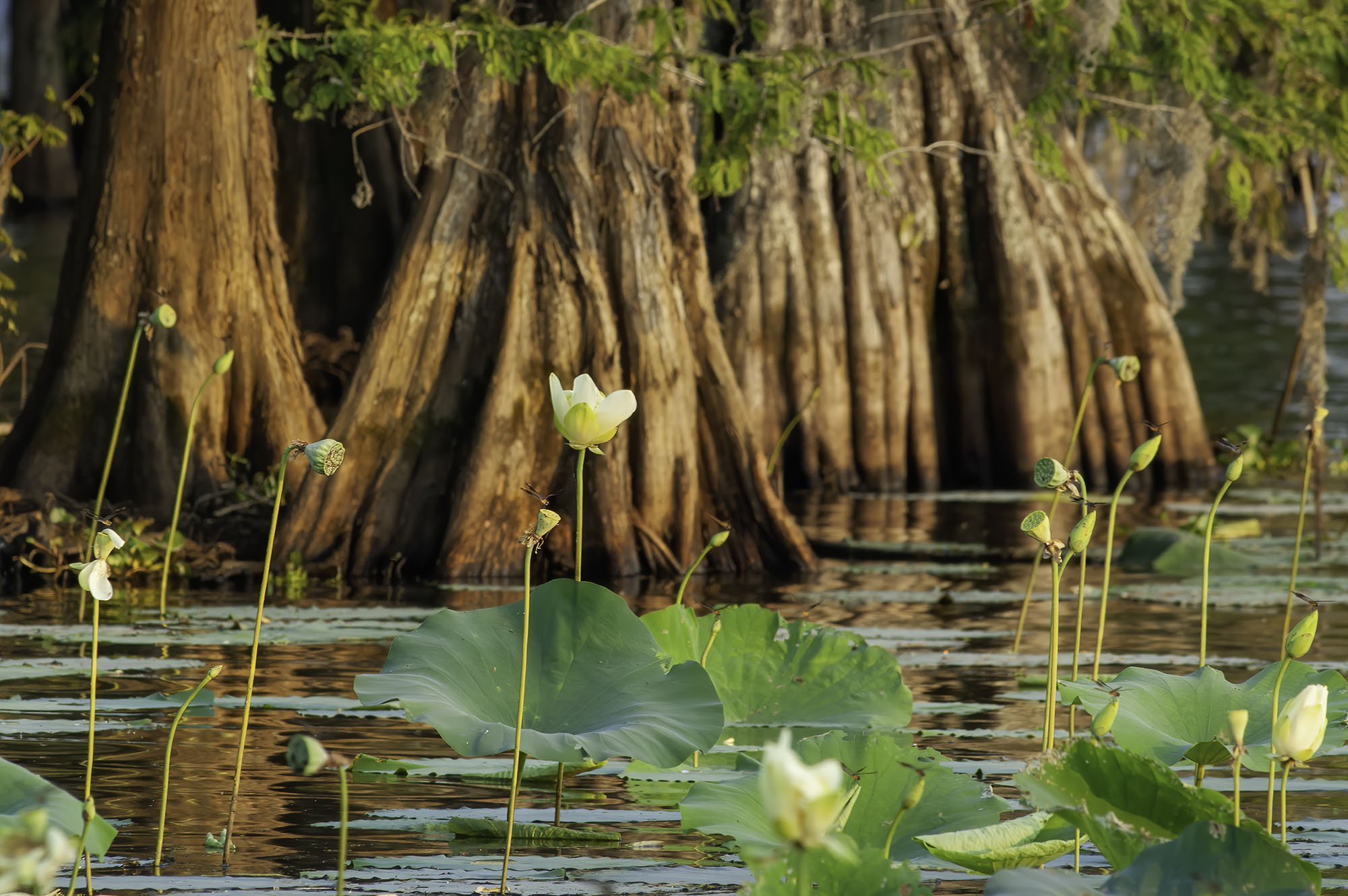
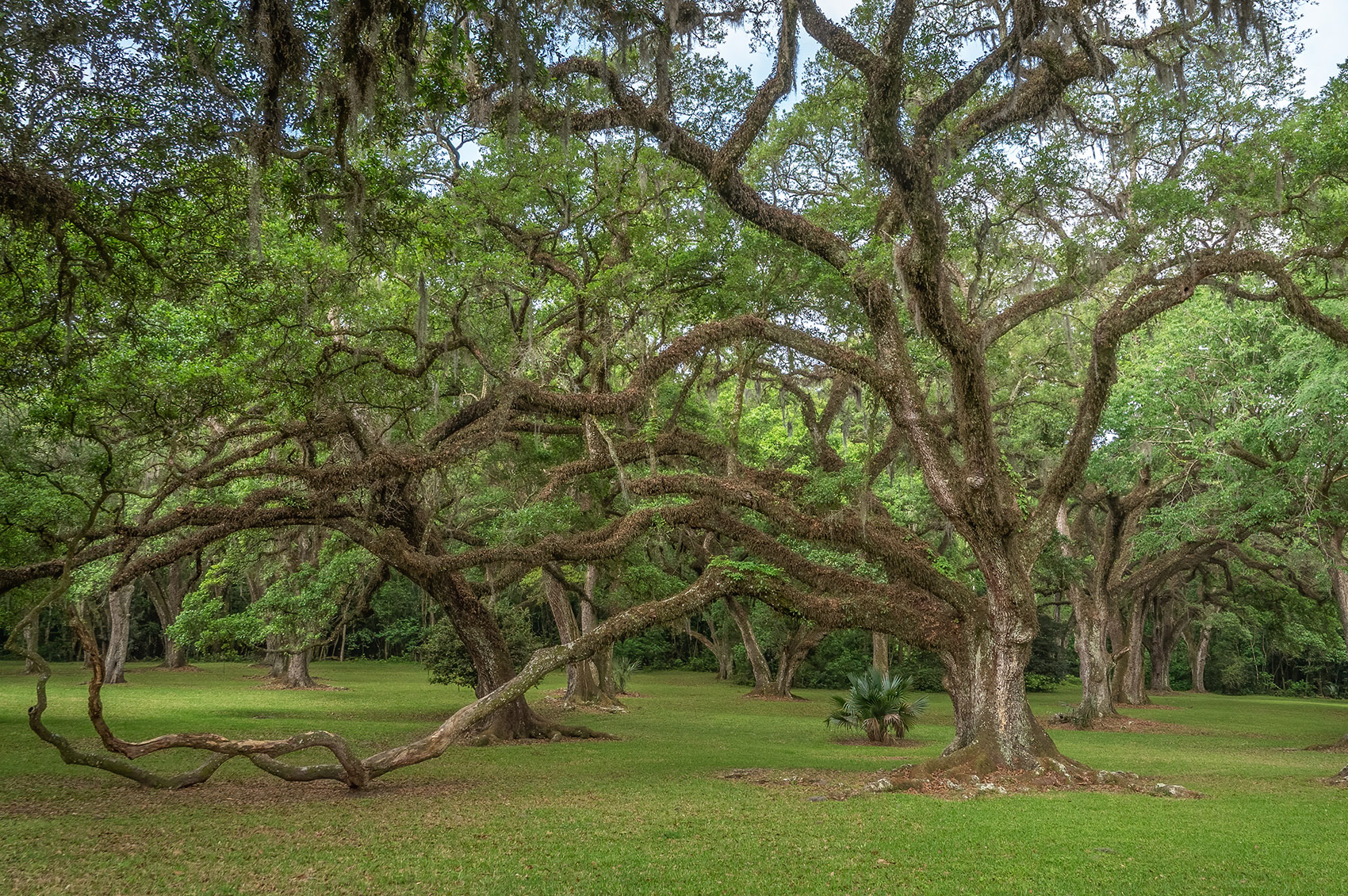
Leave a Reply